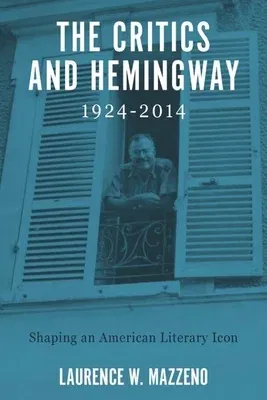Laurence W Mazzeno
(Author)The Critics and Hemingway, 1924-2014: Shaping an American Literary IconPaperback, 17 February 2020

Qty
1
Turbo
Ships in 2 - 3 days
In Stock
Free Delivery
Cash on Delivery
15 Days
Free Returns
Secure Checkout

Part of Series
Literary Criticism in Perspective
Part of Series
Studies in American Literature and Culture
Print Length
310 pages
Language
English
Publisher
Camden House (NY)
Date Published
17 Feb 2020
ISBN-10
1640140700
ISBN-13
9781640140707
Description
Product Details
Author:
Book Format:
Paperback
Country of Origin:
US
Date Published:
17 February 2020
Dimensions:
22.86 x
15.24 x
1.65 cm
ISBN-10:
1640140700
ISBN-13:
9781640140707
Language:
English
Location:
Rochester
Pages:
310
Publisher:
Weight:
417.3 gm